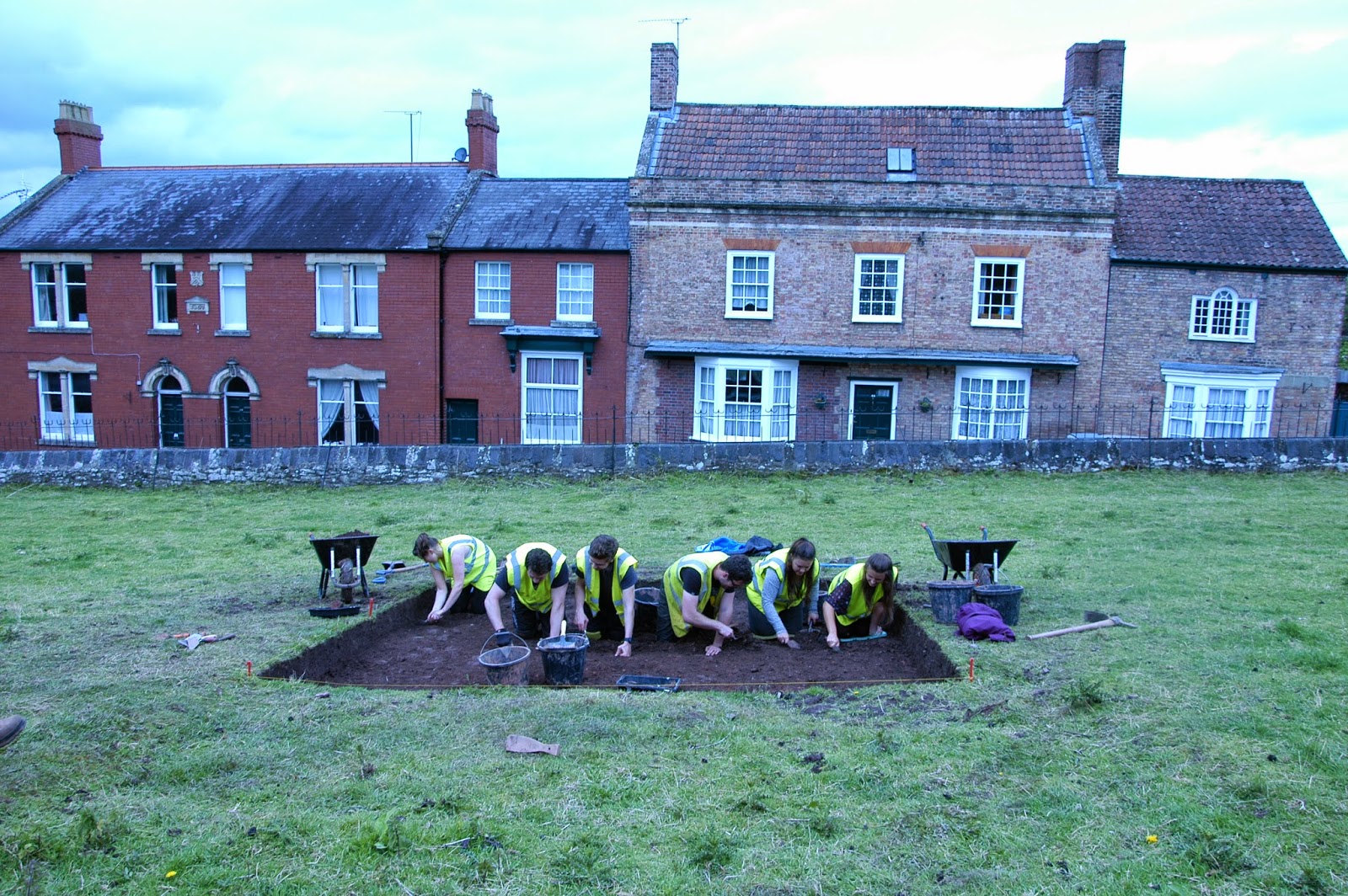Two Steps Forward, One Step Back!

Although the weather conditions for week two at Berkeley have been less than ideal, the students have made impressive progress in the trenches and we want to update you all on our exciting new discoveries and theories. Trench 14- In this trench the students have excavated down to discover a burnt platform of clay and charcoal with burnt iron nails and degraded bricks. The current thinking suggests that this is a potential burning site of buildings during the Civil War period (1641-1651), these theories will be explored further next week. We can be sure, however, that solid burnt platforms are the remains of a significant burning event. Trench 8- In the paddock, significant progress has been made on a series of three intercutting ditches, located at the top end of the trench. These were discovered below multiple medieval rubbish pits, which date from the 13 th Century through to the 16 th Century su...






